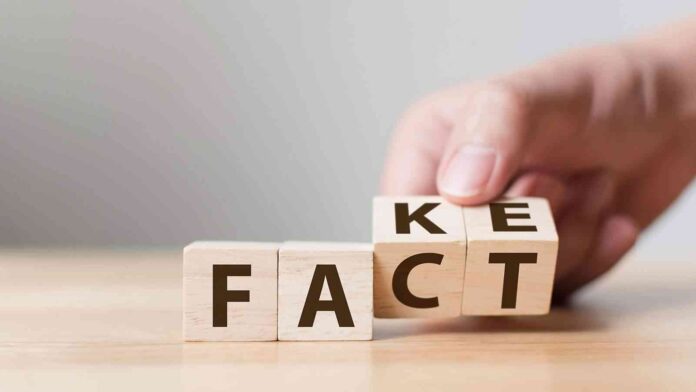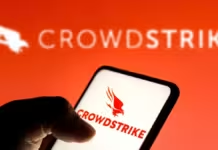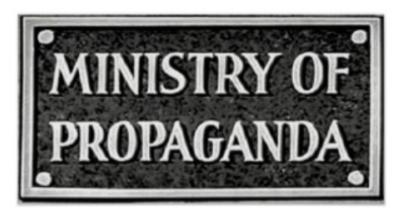At its core, the term “fake news” seems so simple. Politicians use it to describe news outlets they disagree with. You may use it as a punchline, an insult or an ender to an argument you’re having with someone.
In reality, “fake news” is anything but simple. It’s actually just a small part of a bigger world of misinformation and disinformation on the web. In this world, people like Claire Wardle of First Draft are the superheroes — experts who dedicate their research and careers to helping others debunk lies, rumors and outright fabrications. Whether it’s politics, the census, coronavirus or whatever else becomes news of the day, First Draft leads the way in helping journalists and academics navigate the murky waters of information available on social media and the web.
I was honored to guide a team of 50 Texas State students who collaborated with First Draft and other similar agencies on the 2016 Electionland project, which looked on social media for signs of voting irregularities. Wardle’s team provided the training on how to verify the information we found.
Things have gotten much more complicated since then. So I thought it might be helpful to share some of the things I’ve learned from First Draft over the years — especially as I prepare students to collaborate with them again for a project on the 2020 election.
You can’t talk about the world of misinformation and disinformation without first defining those terms. Wardle breaks them down this way: misinformation is “the inadvertent sharing of false information,” and disinformation is “the deliberate creation and sharing of information known to be false.” As an example, disinformation is someone creating a story or post saying a certain medicine has been proven to 100% cure coronavirus (when they know that’s not the case). Misinformation would be you, your friends or family sharing the story or post, believing it to be true. One is worse than the other, obviously, but both have potential to cause problems.
It’s easy to see how social media complicates matters here. First, it’s never been easier to share information to a large number of people. In addition, it’s become increasingly difficult to differentiate between truthful information and misinformation or disinformation on social. We used to be able to chuckle as we saw a National Enquirer cover story in the checkout line at H-E-B. That was easy to spot. These days, everything looks the same on social media.
Then you begin to dig deeper into the issue. First Draft has defined seven different types of information in this misinformation and disinformation ecosystem. They run the gamut from sites like The Onion to outright fabrication.

Next thing to think about is why people do this in the first place. Your first guess may be that is it’s an effort to sway political opinion. Sure, that’s part of it for some — especially those who fall more in the misinformation realm. They may be sharing content that appeals to their particular political beliefs. Disinformation, however, is a global business. People all around the world profit off the spread of this information — and it’s usually information related to U.S. politics.

Since the average person is way more likely to misinform than disinform, is there anything we can do to combat it? Yes, but it requires a change in how we consume content.
First, consider your sources. No matter what your political beliefs, you can have a healthy media diet. For years now, Ad Fontes Media founder Vanessa Ontero has developed the Media Bias Chart, which compares reliability and bias between the different media organizations. The project has a robust methodology and features researchers from across the political spectrum. It’s simple to read — the higher an organization, the more reliable it is, and the closer to the center, the less bias it shows. Whichever side of the political spectrum you fall on, you can find where your primary source of content ranks based on the research. (I’m always very clear with students that this isn’t to say media organizations toward the top of the chart never make mistakes, but it’s based on reliability over time.) If you’re consuming content from the fringes, consider another source.

Second, don’t share something simply based on a headline. You’d be amazed at how often people share content on social without actually reading the “story.” Many times, you’ll immediately spot something fishy. Other times, there won’t be any story at all! It’s literally just a headline to get people to share.
Third, become part of the process. Report posts on Facebook you know are not truthful. Tell your relatives when they’re accidentally sharing content that isn’t real. They may not always appreciate or do anything about it, but you’ve done your part.
Now you know the truth. “Fake news” is way more complicated than it seems.

Dale Blasingame is an assistant professor of practice in the School of Journalism and Mass Communication at Texas State University, where he received the 2017 Presidential Excellence Award for Teaching. Blasingame is a part of the Digital Media Innovation faculty, and he teaches courses that introduce students to different aspects of how technology is changing journalism, media and marketing.
Twitter bans thousands of state-backed accounts spreading misinformation








